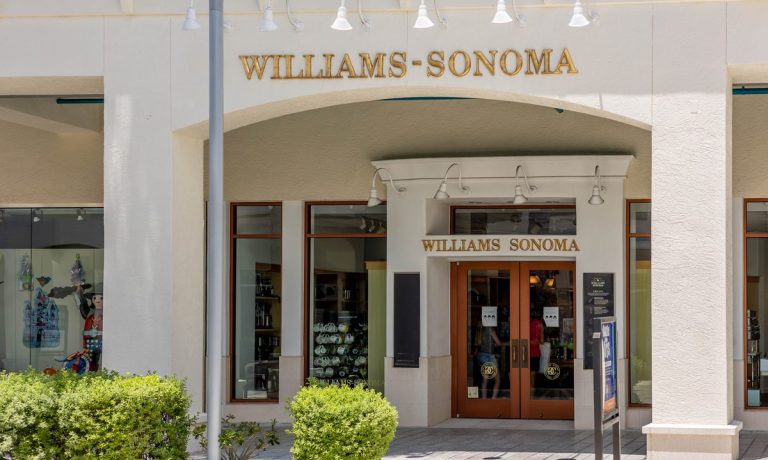Williams-Sonoma Gets Lift From Housing, Remote Work, High Gas Prices

Despite the challenging economic environment, multi-branded home furnishing retailer Williams-Sonoma credited the combination of strong real estate, high gasoline prices and more people working from home for driving record first-quarter results and a strong outlook.
“The current economic environment is challenging, but the housing market remains strong, the increase in hybrid work means people will continue to spend more time in their homes and the rising costs related to gas and travel have historically led people to stay at home to cook and entertain,” Williams-Sonoma CEO Laura Alber told analysts Wednesday (May 25).
“We believe that these three trends will result in continued momentum to outfit and improve the home and as a company, we are prepared to manage through economic uncertainty,” she added, not only for the three-month period that ended May 1, but also in terms of hitting its full-year guidance as well as its longer term goal of reaching $10 billion in annual revenues by 2024, up from $8.2 billion last year.
To get there, the parent company of Pottery Barn, West Elm and a half dozen other brands said it is looking to leverage growth across its core retail businesses, as well as through its newer B2B efforts, its marketplace and its global expansion plans.
“Understanding our industry is key to putting our results in perspective,” Alber said on the call, pointing out Williams-Sonoma’s place as a large, digital-first company within a highly fragmented $800 billion industry that generates more than half its sales from small, brick-and-mortar retailers that lack sophisticated eCommerce capabilities.
As such, Alber said the company plans to leverage these strengths and trends to capture a larger slice of the home furnishing pie, where it currently holds only about a 1% share.
The Household Creation Stage
While Williams-Sonoma’s flagship brand saw Q1 comp store sales drop 2% due to inventory shortages, its Pottery Barn and West Elm labels grew same-store sales by 15% and 13%, respectively.
Not only did the latter two brands benefit from having inventory available, but Alber said omnichannel presence and strong appeal with younger customers were also factors driving their outperformance.
Alber also pointed to the general shift toward online purchasing as well as the trend of what she called “the arrival of the millennial generation to the household creation stage” as major drivers of the company’s trailing results and future opportunities.
“In an industry occupied by companies who are behind in developing their digital experiences and capabilities, and pure-plays that don’t have experience running stores, we believe we are well positioned as a digital-first, but not digital-only company,” she said, pointing to the executive team’s experience in managing through challenging times.
Big Opportunity in B2B
Although the retailer’s non-core B2B business still accounts for only about 13% of total revenue, the unit’s 53% growth rate and $250 million contribution did not go unnoticed enroute to its largest quarter ever.
Alber said the addition of commercial clients was not only adding access to new customers, geographies and industries but presented “exciting opportunities” to deliver solutions for underserved markets. One of those new markets is the hospitality industry where Williams-Sonoma said it just completed a furniture installation for Marriott’s new headquarters hotel.
“We are winning in this space by leaning into our best-in-class in-house product design capabilities to develop products specifically for large contract projects,” Alber said. “The continued expansion of our client base is not only growing our book of business, but also allowing us to focus on a wide breadth of client types and industry verticals,” she added, characterizing the B2B effort enjoyed strong momentum and energy.